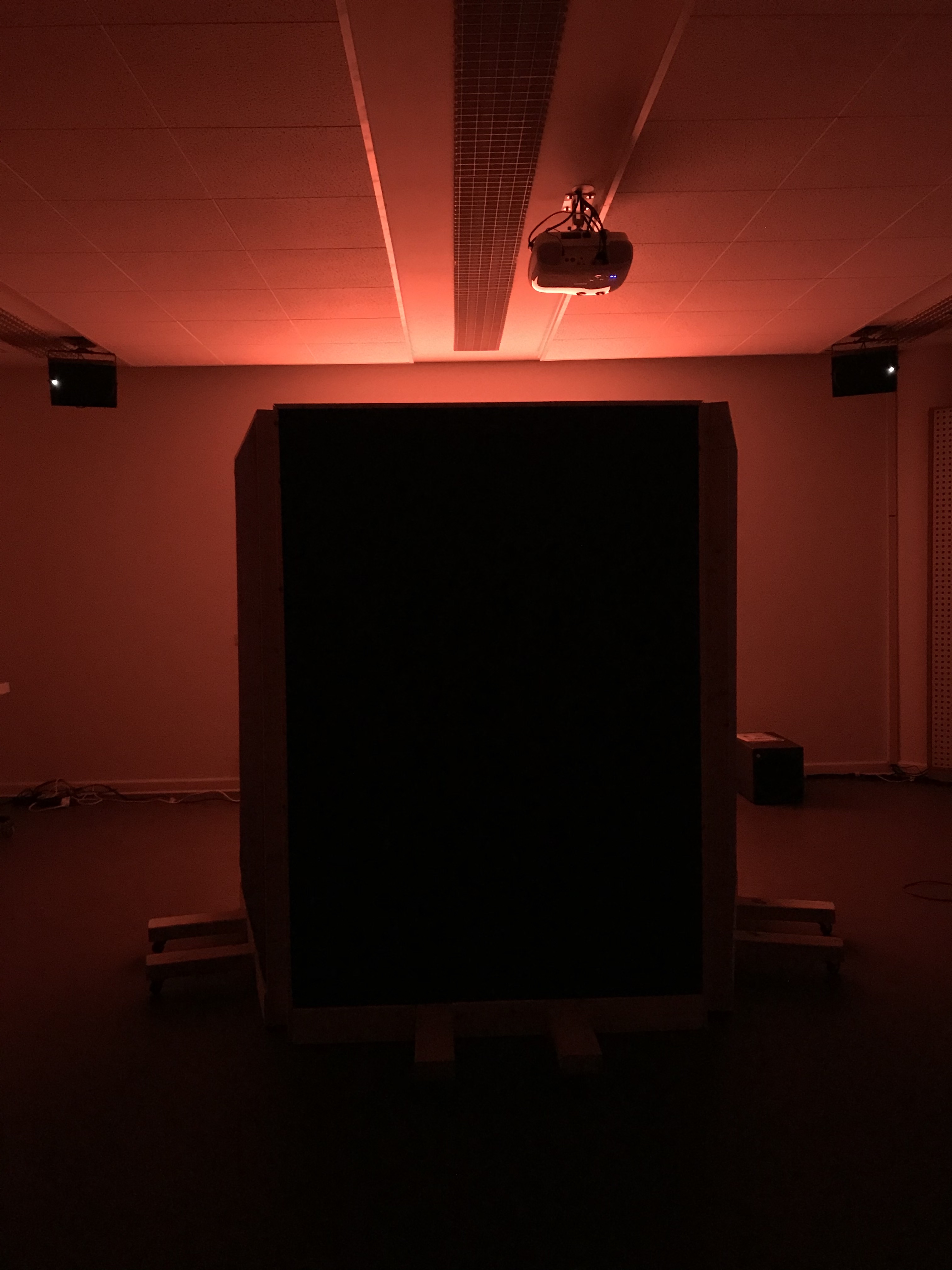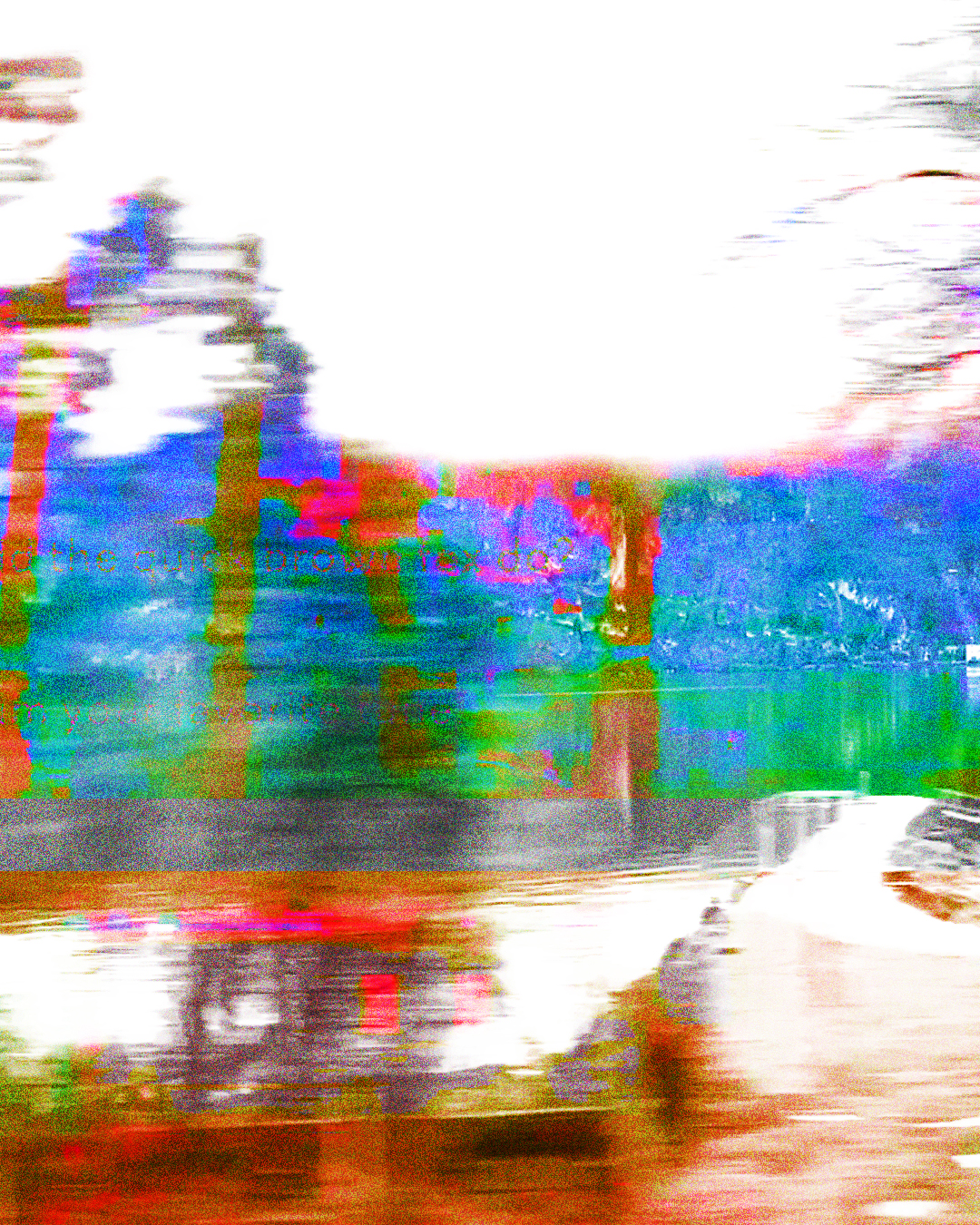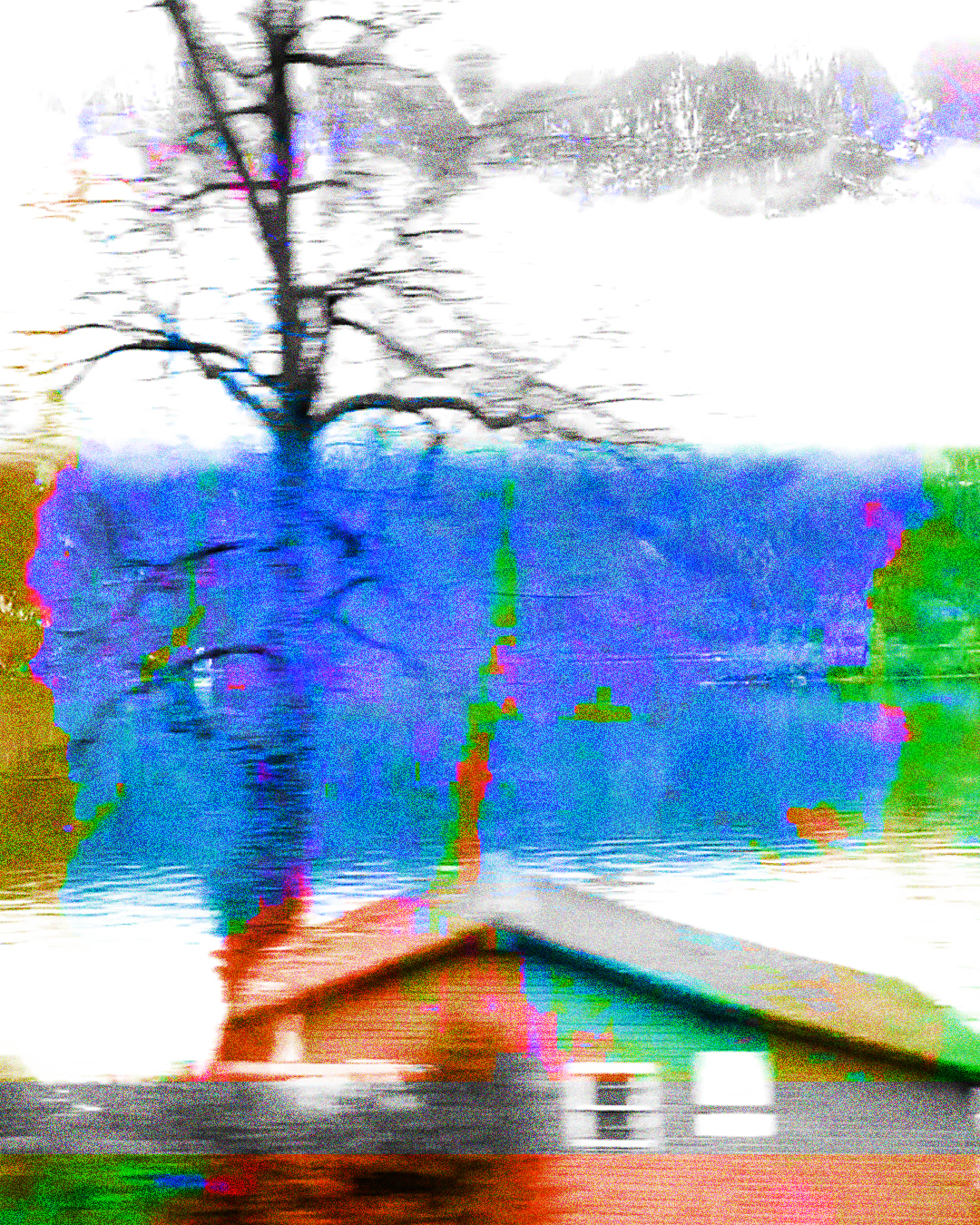Rumori
INTERACTIVE AUDIOVISUAL INSTALLATION
This video is an edited excerpt which aims to recreate the experience of the audience. A collaboration with
Chris McWayne and Mitchell Keaney.
+
As the world grows smaller, we become more accustomed to the ever-present blanket of opinions and information, lies and truths. These things, while constant by-products of language and communication, have grown thick and at times difficult to decipher. These moments with the external world are experiences that we often navigate without much thought until confronted by our lack of control. This confrontation most always leads us to the point where we decide whether or not to engage. Do we speak and reveal our thoughts, our most personal possession, or keep silent? Do we ignore what we hear, or listen? What do we experience and how do we judge it?
In 1913, Luigi Russolo wrote about how changes in technology and the environment that humans exist in have altered the world's sonic landscape. He described this expansion of our sonic palette as a sort of transition where sounds, first introduced as noise, would need to be explored in our creative experience, and this new breadth of sonic appreciation could now be expressed through new technologies.
Through our installation, “Rumori”, the name taken from Russolo’s manifesto L'arte dei Rumori (The Art of Noises), we invite the listener to meet this moment of expansion with the decision to reveal or keep private their thoughts as they are confronted by a microphone in a confession booth. Each person that enters is left with the same choice that we are all left with in the world and as such, each experience is unique. The installation creates a sonic landscape built from the collective input from the participants. What is left of the participants' input are fragments of a once recognizable confession, statement, murmur, and so on until merged with the evolving Rumori soundscape. We have constructed this installation as a sonic representation of where we are now as participants in a global technological community.
The video for this installation acts as a counterpart to the main audio element. It shows travel footage, reinforcing the concept of diffusion, and boasts vibrant color glitches that mimic, although independently, the idea of distortion. This visual component is not essentially decorative, holding also a key practical function: questions and statements roll across the frame to an intuitive invitation to interact.



